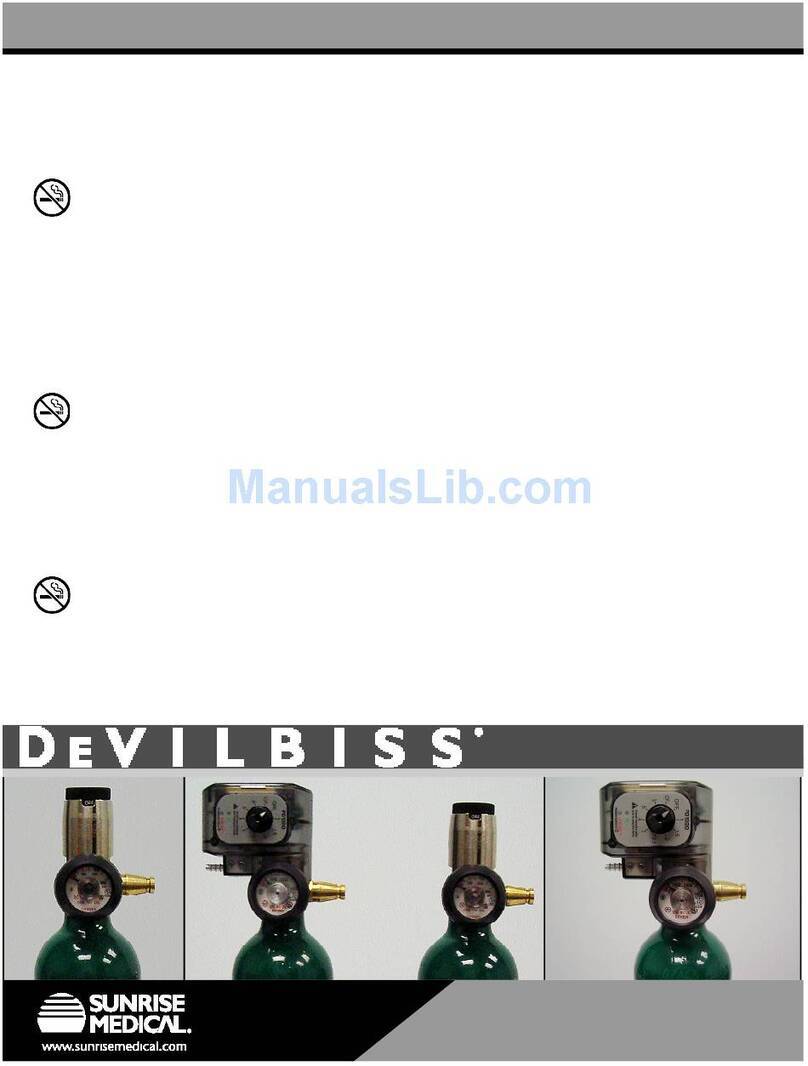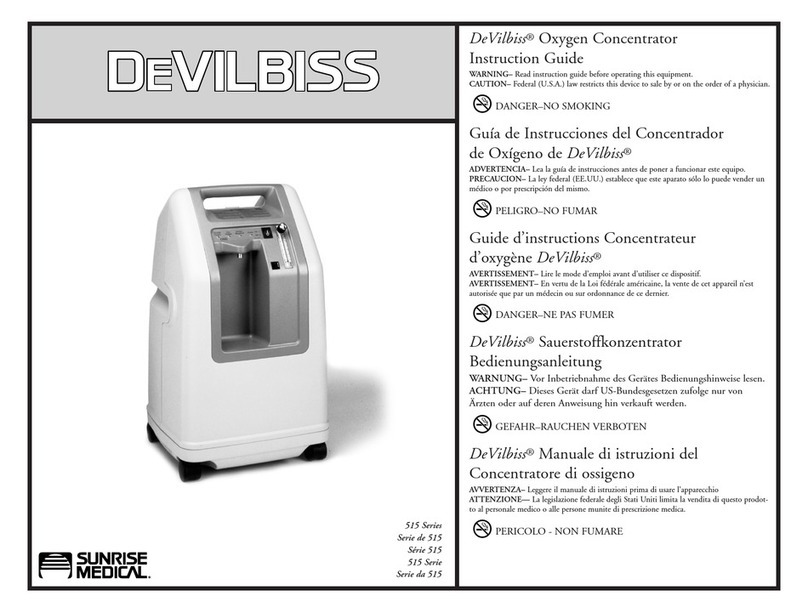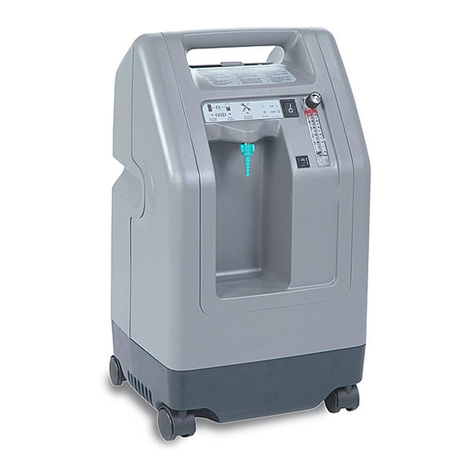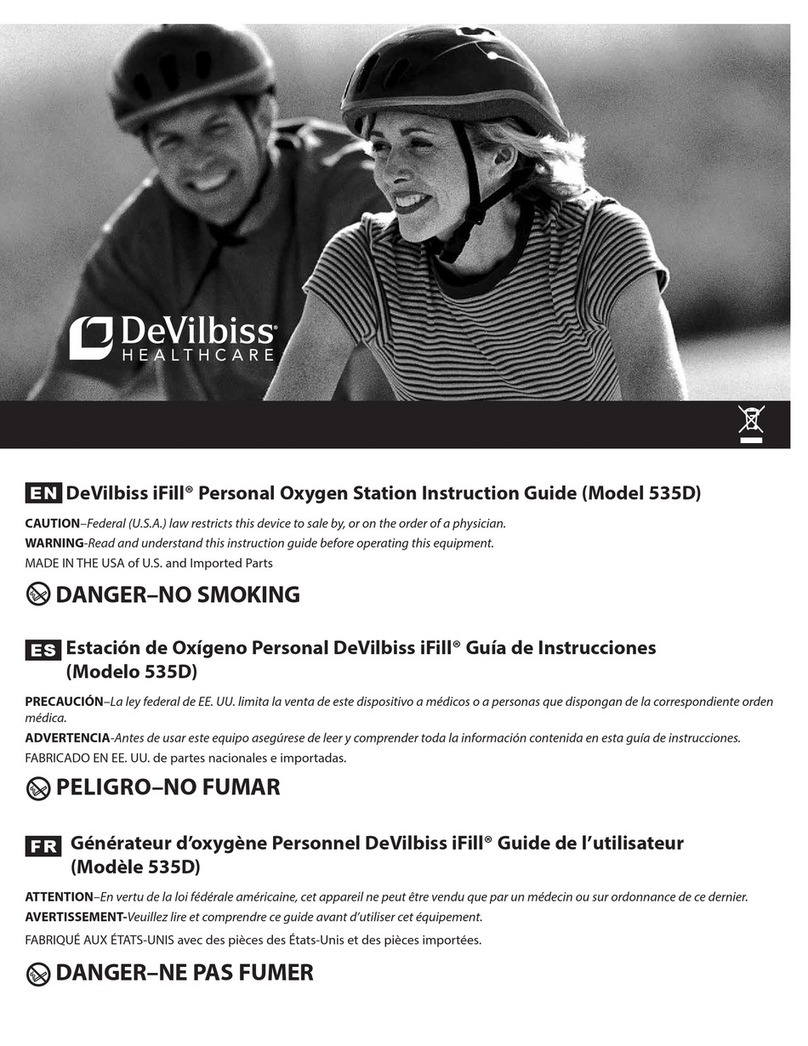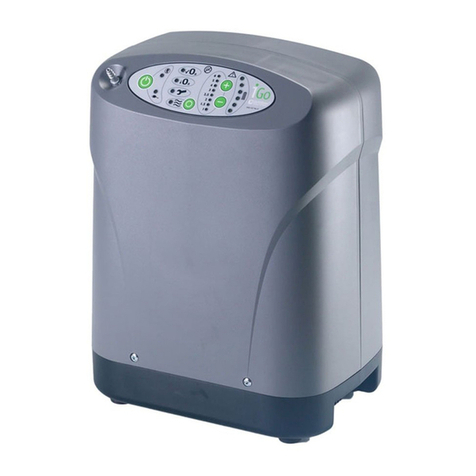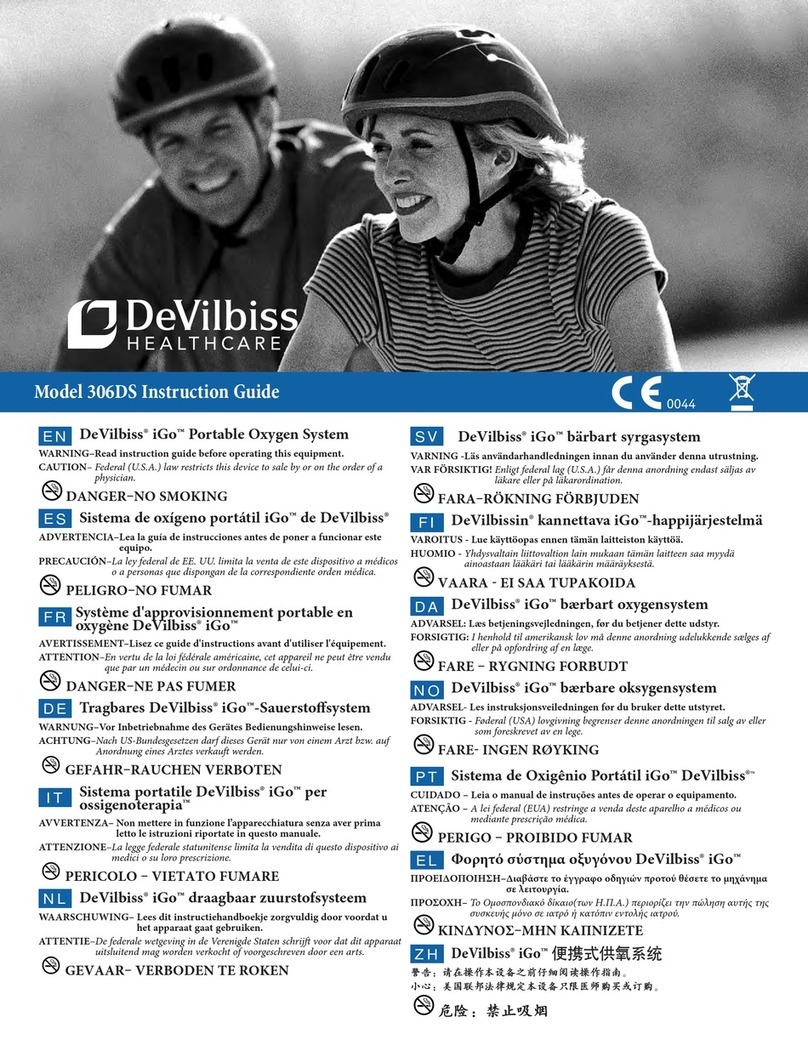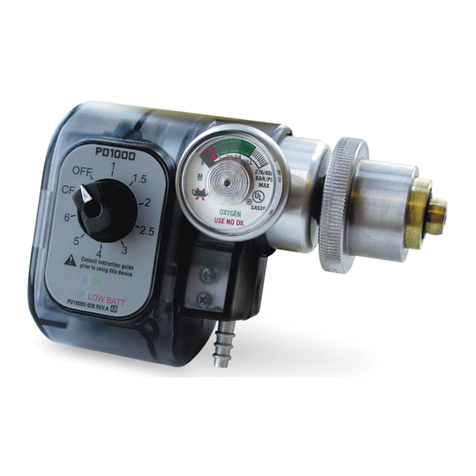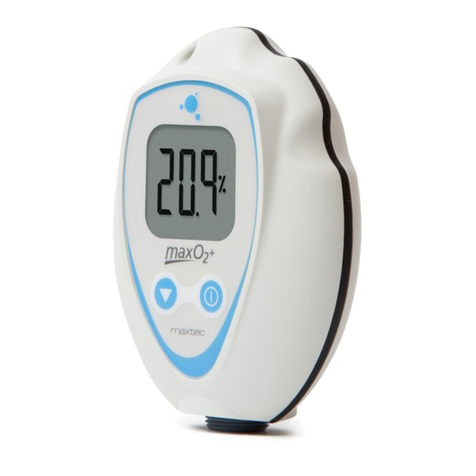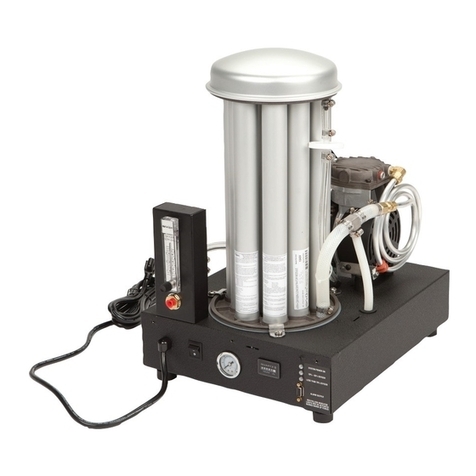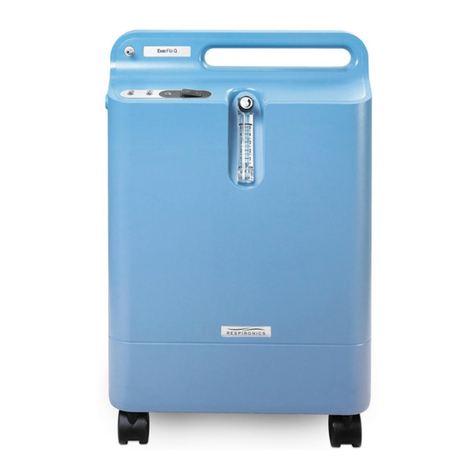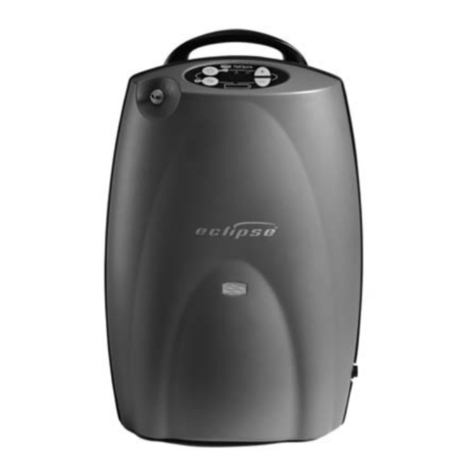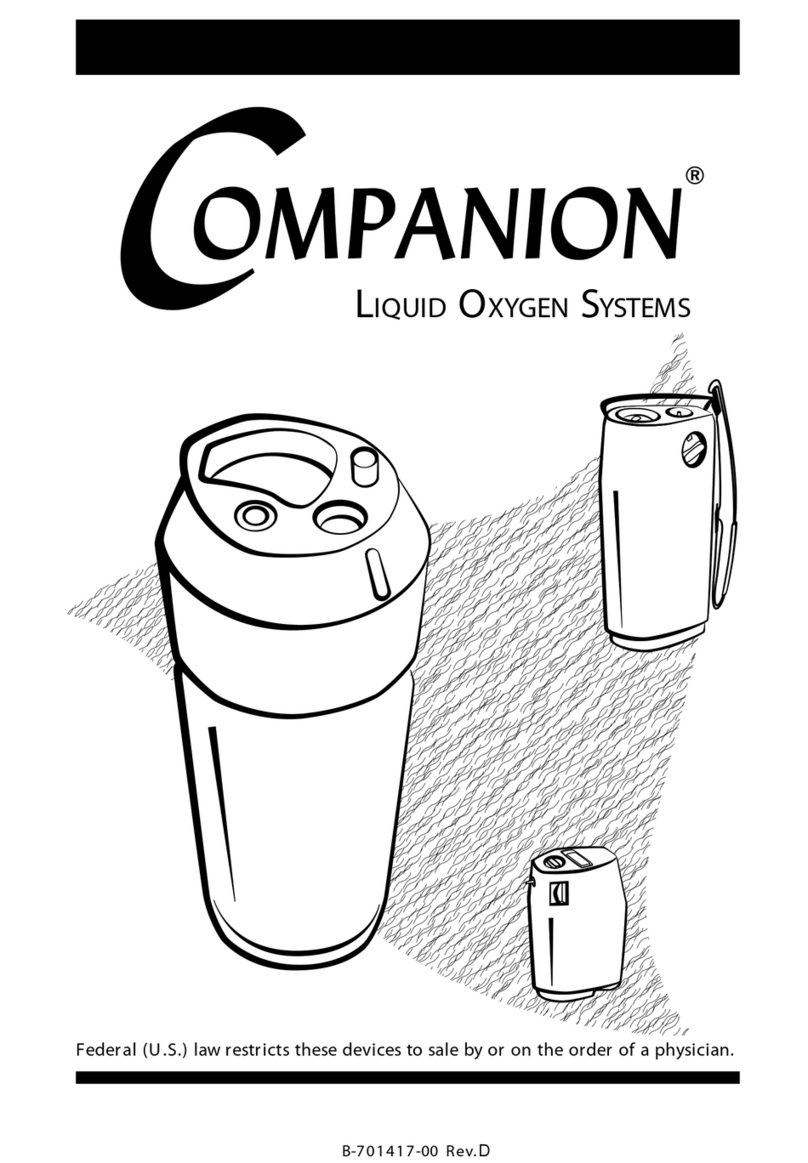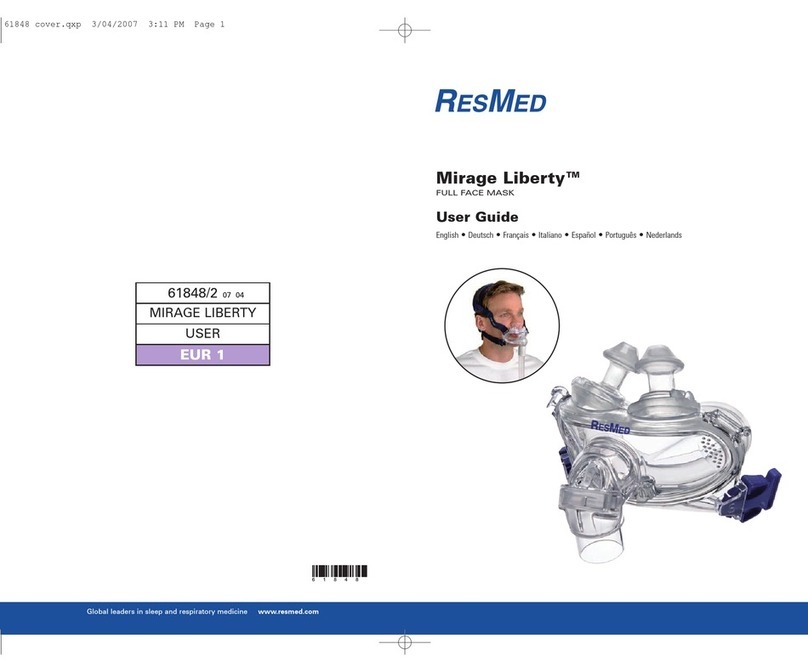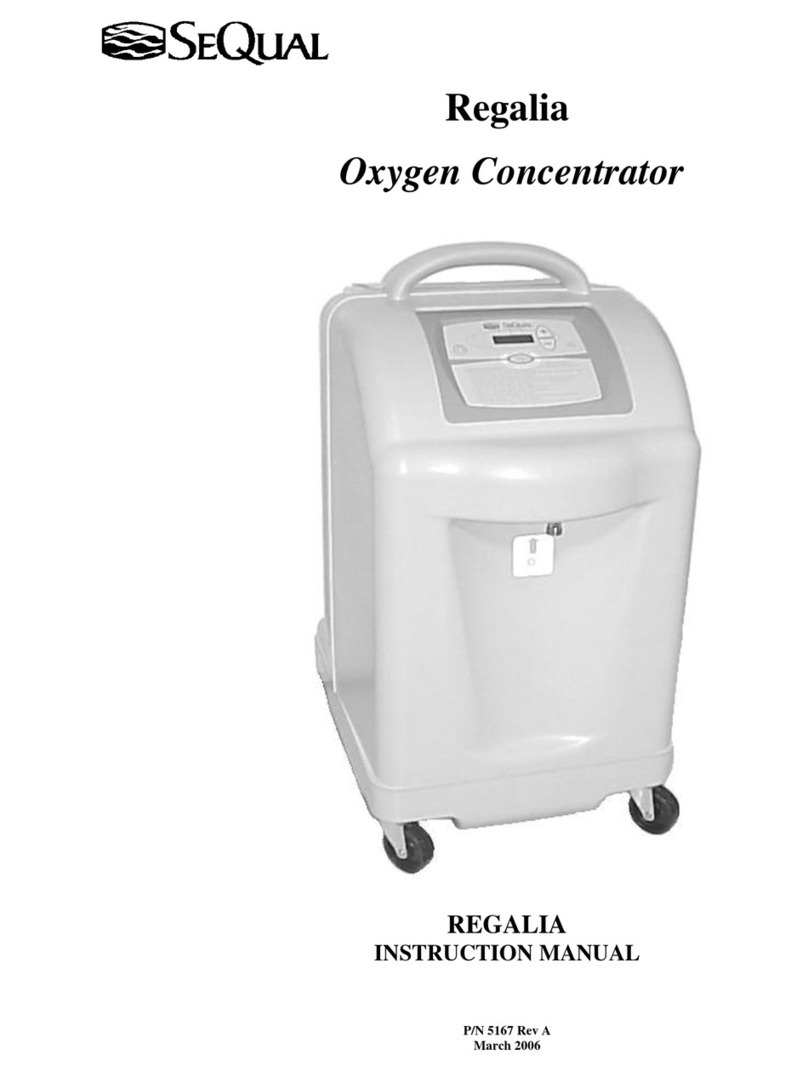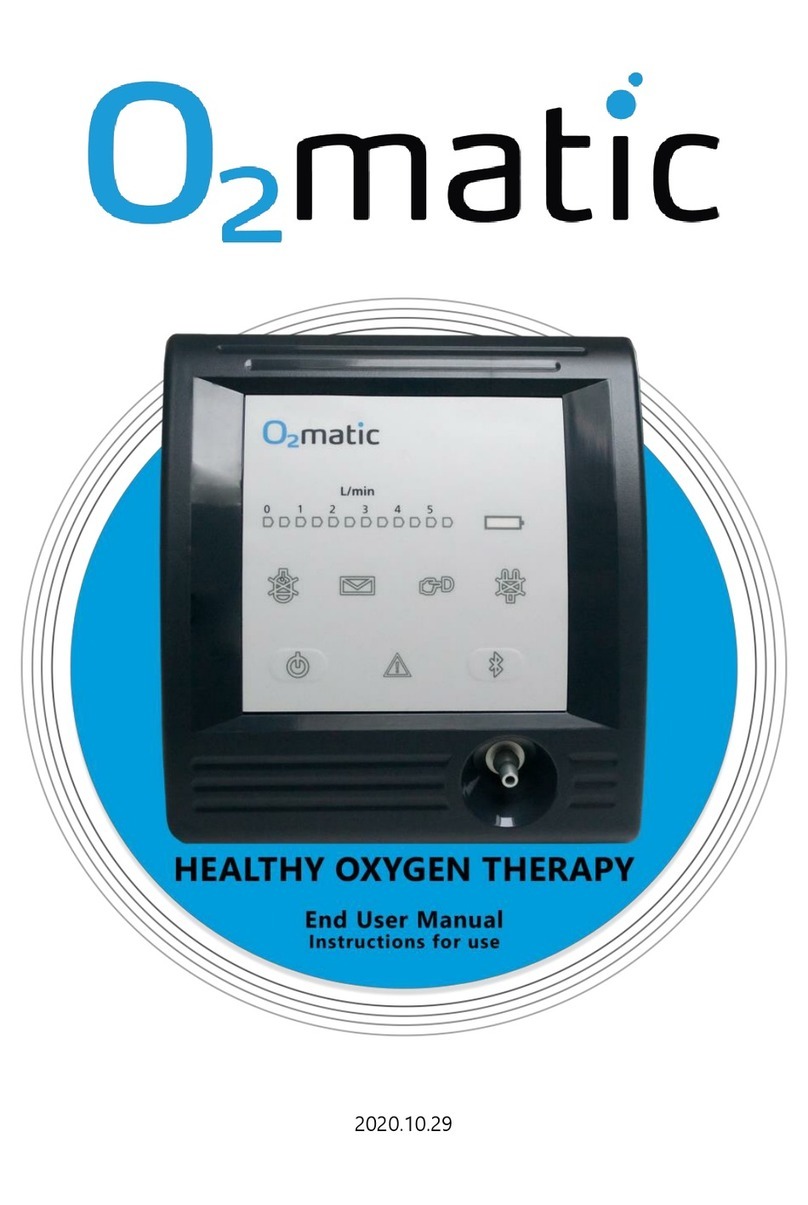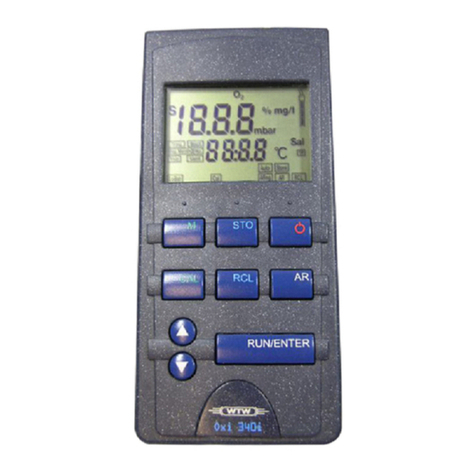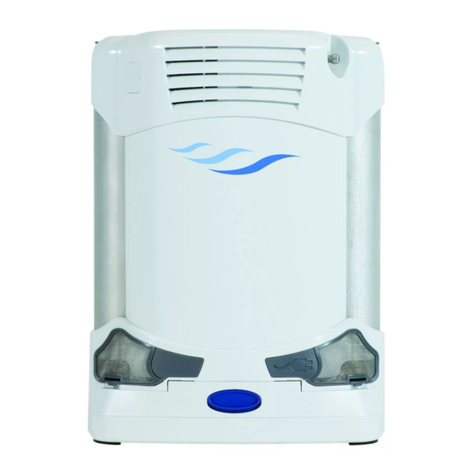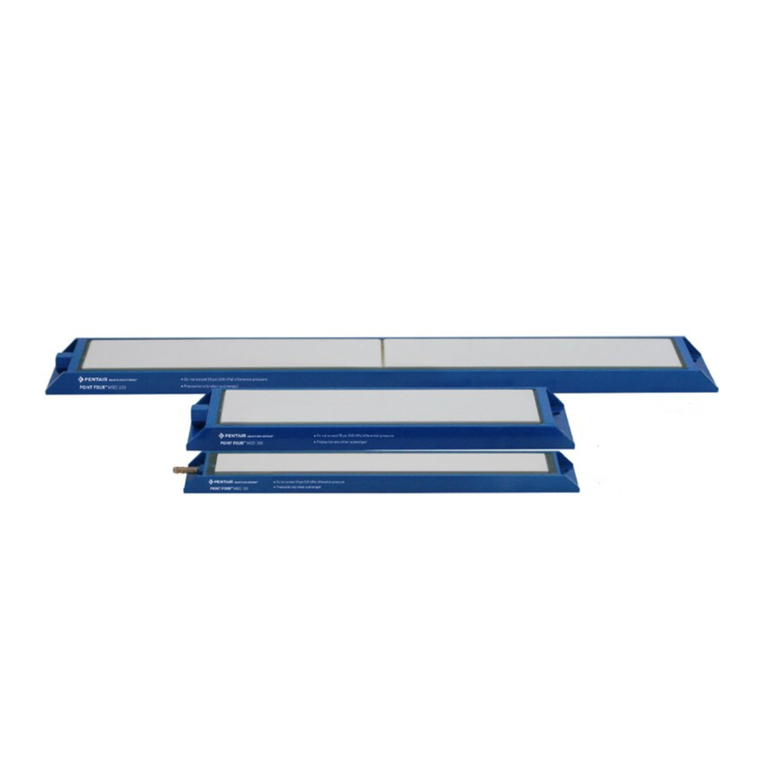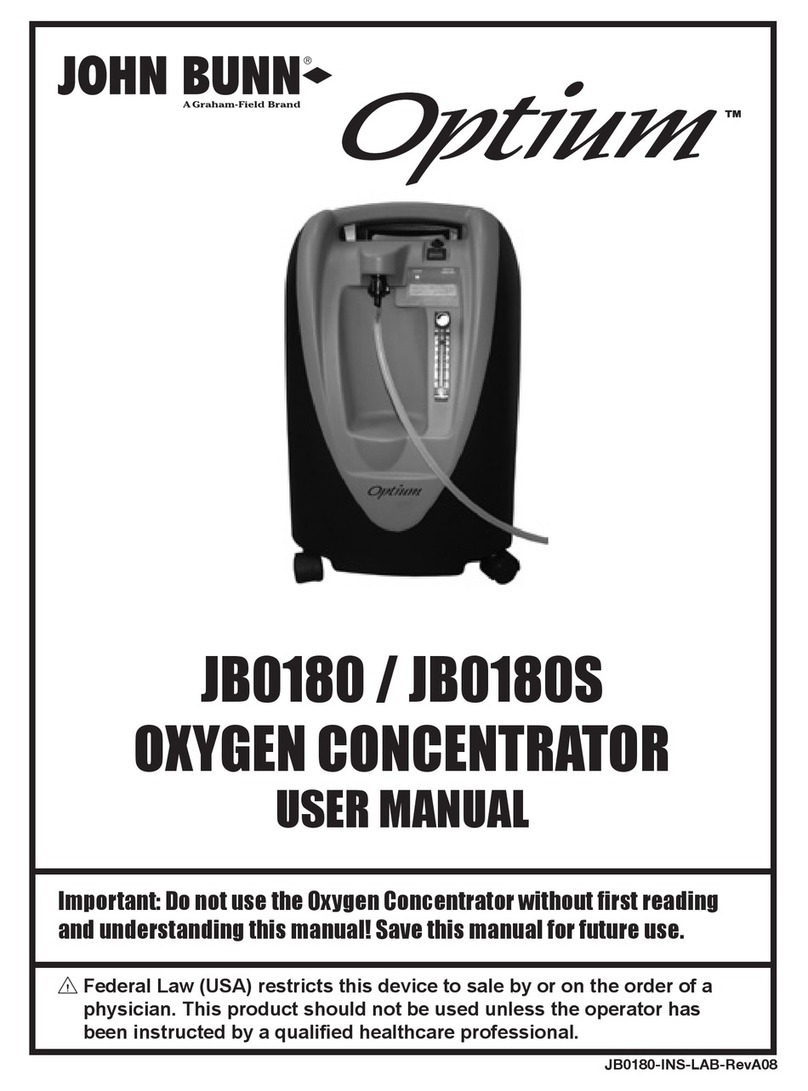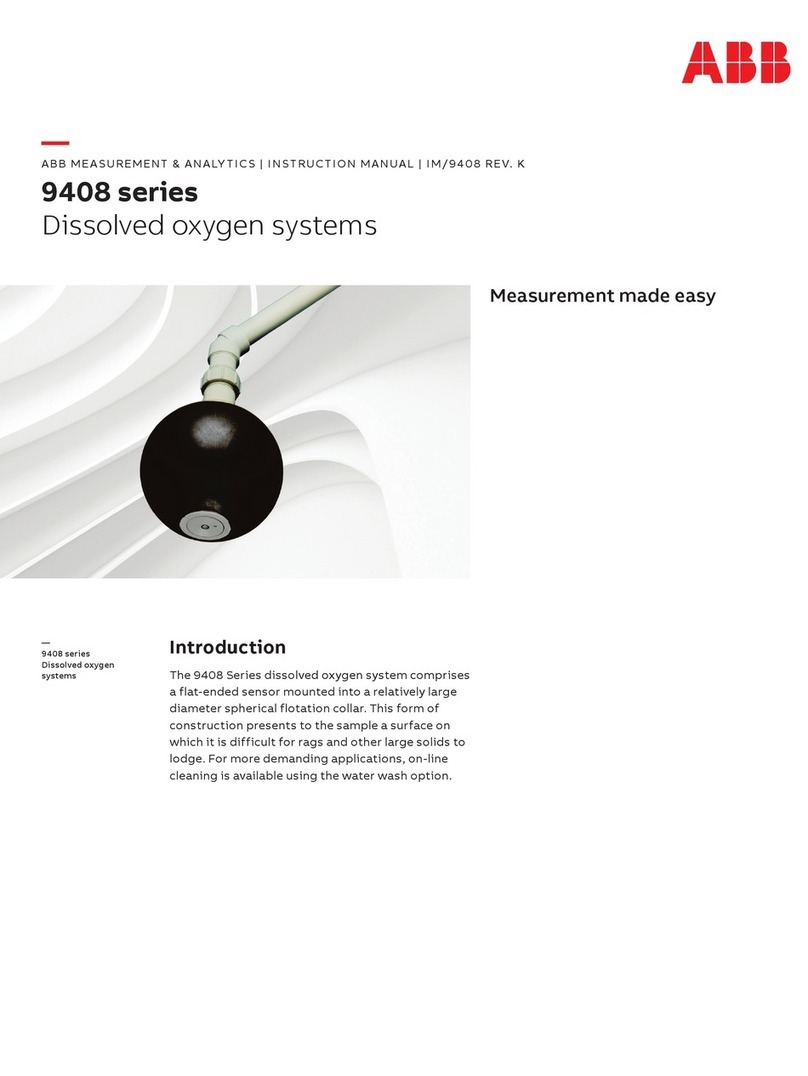
(1
2SE-535
TABLE OF CONENTS
(1 ENGLISH............................................................................................................................................. 2
(6 ESPAÑOL............................................................................................................................................ 11
)5 FRANÇAIS ......................................................................................................................................... 20
'( DEUTSCH........................................................................................................................................... 29
,7 ITALIANO........................................................................................................................................... 38
1/ NEDERLANDS ................................................................................................................................... 47
69 SWEDISH............................................................................................................................................ 56
), FINNISH ............................................................................................................................................ 65
'$ DANISH.............................................................................................................................................. 74
12 NORWEGIAN..................................................................................................................................... 83
(/ GREEK................................................................................................................................................. 92
TABLE OF CONTENTS
IEC Symbols ......................................................................................................................................................................................................... 3
Important Safeguards ........................................................................................................................................................................................... 3
General Dangers and Warnings..................................................................................................................................................................... 3
Handling Warnings......................................................................................................................................................................................... 4
Cautions & Notes.......................................................................................................................................................................................... 4
Provider Checklist......................................................................................................................................................................................... 4
Introduction ......................................................................................................................................................................................................... 5
Indications For Use .............................................................................................................................................................................................. 5
Important Parts
DeVilbiss iFill Personal Oxygen Station......................................................................................................................................................... 5
iFill Oxygen Cylinder and Regulator.............................................................................................................................................................. 5
Accessory/Replacement Parts ....................................................................................................................................................................... 5
Set-Up
Choosing A Location..................................................................................................................................................................................... 6
Transporting The Personal Oxygen Station .................................................................................................................................................. 6
DeVilbiss iFill Personal Oxygen Station Operation Checklist ....................................................................................................................... 6
iFill Oxygen Cylinder External Examination.................................................................................................................................................. 6
Operation
Connecting The iFill Cylinder To The DeVilbiss iFill Personal Oxygen Station ........................................................................................... 7
Filling the iFill Oxygen Cylinder ................................................................................................................................................................... 7
Indicator Lights Explanation .......................................................................................................................................................................... 7
Removing The iFill Oxygen Cylinder ........................................................................................................................................................... 8
Setting The iFill Oxygen Cylinder Rotary Selector To The Prescribed Setting............................................................................................. 8
Troubleshooting.................................................................................................................................................................................................... 8
DeVilbiss iFill Personal Oxygen Station......................................................................................................................................................... 8
iFill Oxygen Cylinder/Regulator .................................................................................................................................................................... 9
Typical Questions and Answers............................................................................................................................................................................ 9
Cleaning/Maintenance
DeVilbiss iFill Personal Oxygen Station Filter ............................................................................................................................................... 9
Exterior Cabinet............................................................................................................................................................................................ 9
Specifications
DeVilbiss iFill Personal Oxygen Station......................................................................................................................................................... 10
iFill Oxygen Cylinder Typical Fill Times......................................................................................................................................................... 10
Declaration of Conformity................................................................................................................................................................................... 10
